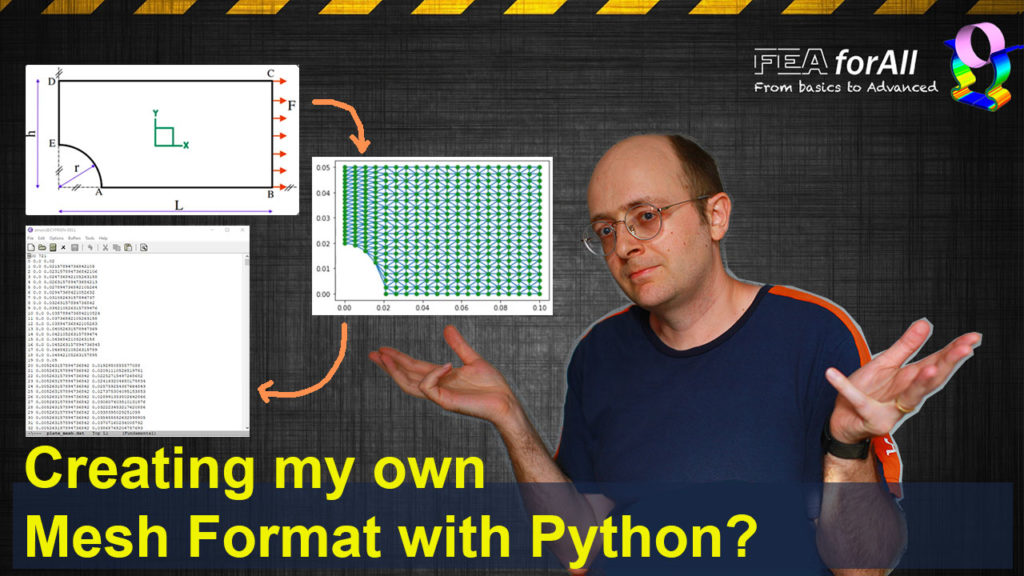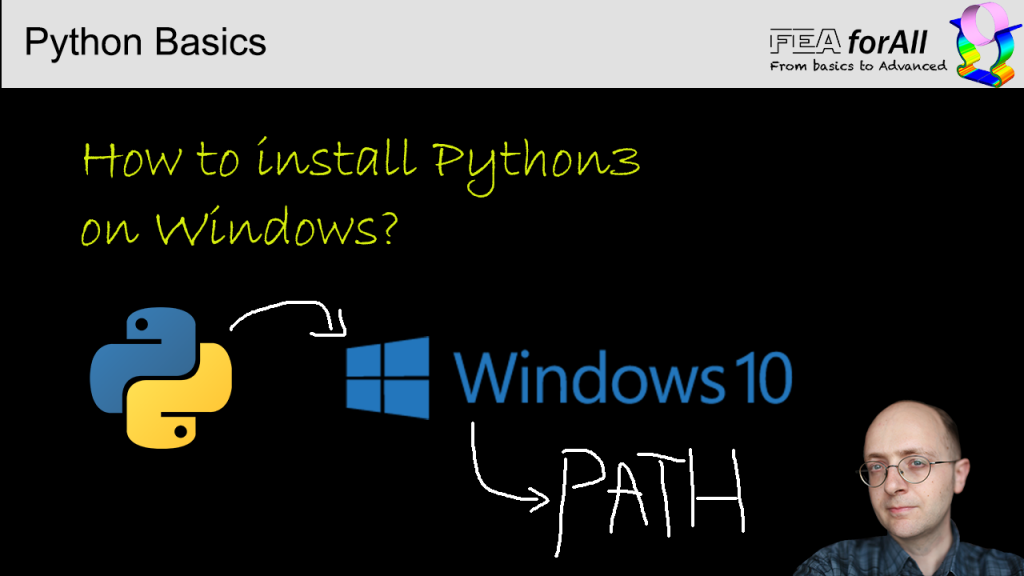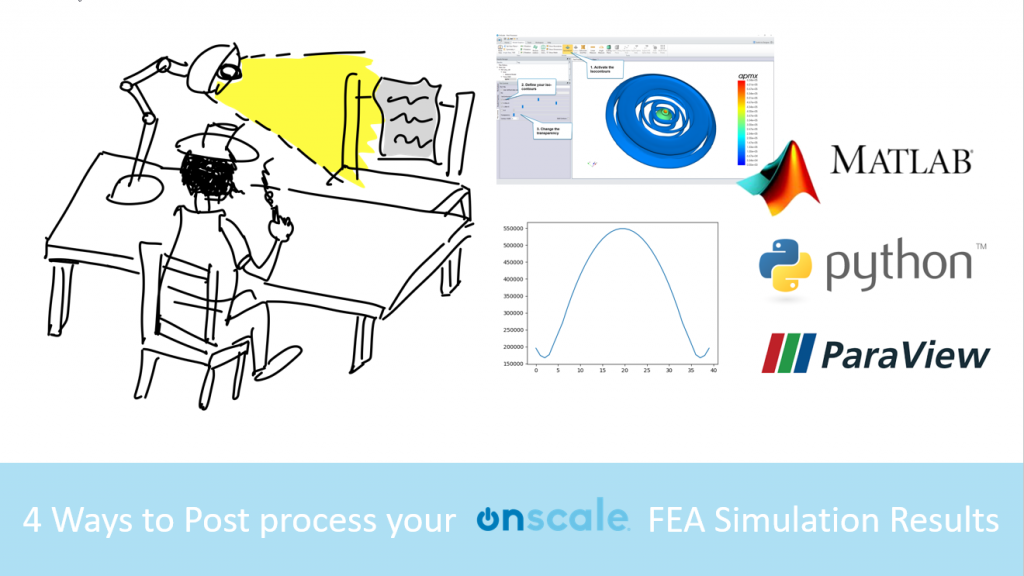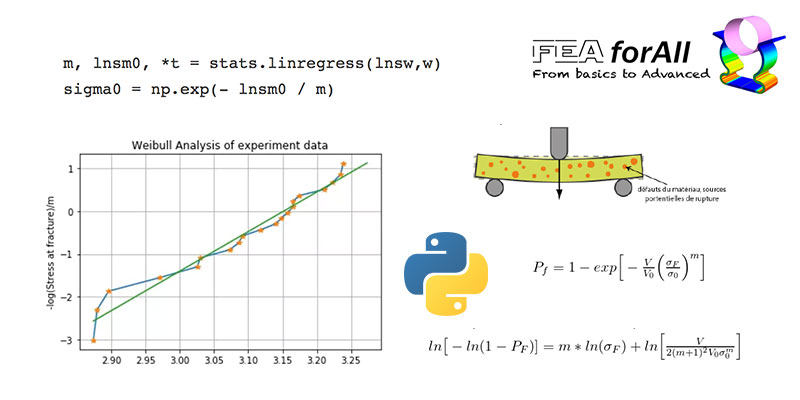In this video, I will show you how to use Trame, a new open-source framework developed by Kitware to create a scientific app within minutes! This will allow you to use the power of VTK and Paraview in your browser to build powerful scientific visualisation apps. Here’s the video: What you will learn in this […]
Creating my own mesh format in Python – Fun FEA learning project!
I am starting a fun learning project that will help you to understand better what is a mesh set and how to create one from scratch with Python! You will learn: What a mesh set is composed of How to generate nodes How to use Delaunay triangulation to generate elements How to write all of […]
[ Paraview Tutorial 11 ] Automating Paraview Tasks with Python Script
Using Paraview GUI is easy when we get used to it, but then it may also start to become repetitive. I will teach you how to automate all that using Python!
How to install python 3 on windows and set the path
This is a quick video to show you how to install python 3 on windows and set the path to get it working in the command line. Installing Python can be tricky on windows if you are new to it. I’ll show you here: How to download python 3 and install it How to find […]
4 ways to post-process your OnScale results
If you are an FEA simulation engineer or a Designer trying to take some serious design decisions using OnScale, you know probably that how to analyze the data you obtain from simulation is critical. This step is called “Post-processing”, because it comes right after the successful simulation of your design. In short, post-processing is the […]
How to determine Weibull Law Parameters with Python? (Part 2)
This article is a second article on the Weibull Law which explains how to use Python to calculate the law’s parameters. If you didn’t read the first article, you can read it here 1 How to determine the parameters of the Law If we start from the Weibull Probability that we determined previously: After a […]


![[ Paraview Tutorial 11 ] Automating Paraview Tasks with Python Script](https://feaforall.com/wp-content/uploads/2020/03/11-Working-with-Python-within-Paraview-1024x576.png)


